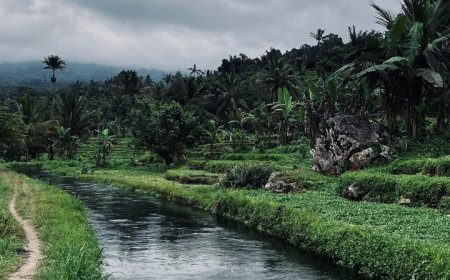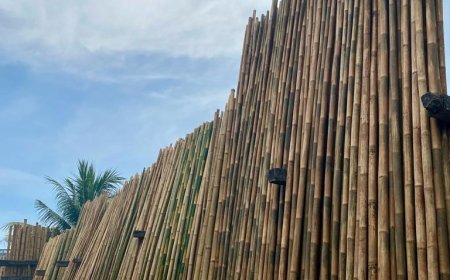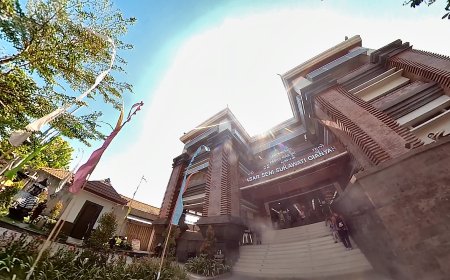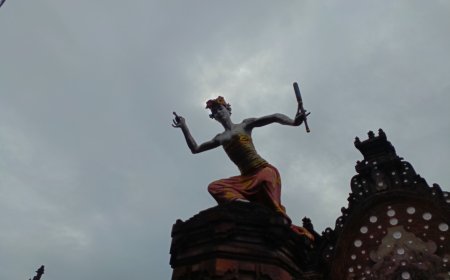Gambuh Buda Keling Dance of Karangasem: A Sacred Ritual to Honor Ancestors and Deities
The Gambuh Buda Keling Dance from Karangasem is a sacred performance central to rituals for honoring ancestors and deities in Bali. Combining graceful movements with traditional music, this dance creates a mystical atmosphere that enhances its spiritual significance. With its deep-rooted history and mystical elements, the dance embodies a profound connection between humanity, nature, and the spiritual realm. Despite its rarity, the Gambuh Buda Keling Dance remains a cherished cultural legacy carefully preserved and respected by the community.
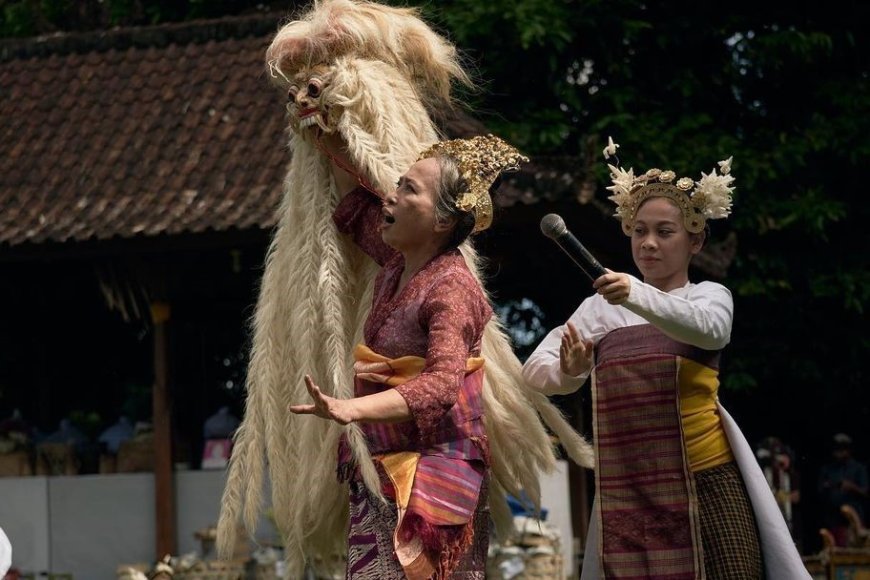
The Gambuh Buda Keling Dance is a traditional sacred dance originating from Karangasem, Bali. This dance is more than just a form of entertainment; it is a vital part of religious rituals held to venerate ancestors and deities. Usually performed during important ceremonies, the dance exudes a magical aura believed to bring humans closer to the spiritual world. Due to its high sacred value, the Gambuh Buda Keling Dance is rarely showcased outside its ritual context, ensuring it remains free from excessive commercialization.
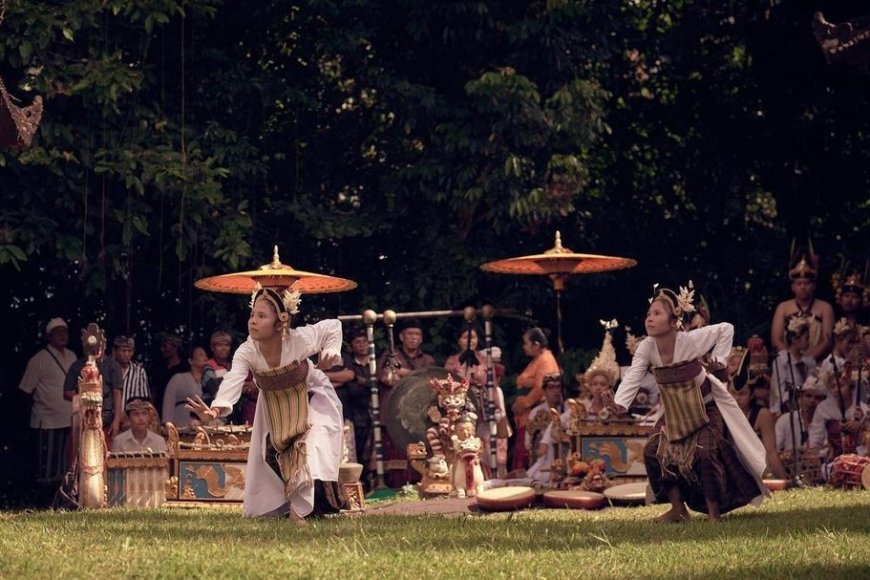
Gambuh Buda Keling Dance (Source: Personal Collection)
One of the most unique aspects of the Gambuh Buda Keling Dance is its fusion of theater, dance, and ritual elements. The dance often narrates stories from the Panji Tales, a classical Javanese-Balinese epic that conveys moral and spiritual values. The Panji Tales embody themes of wisdom, loyalty, and sacrifice. Through every performance, the dancers convey these narratives not only through movement but also through expressive facial gestures, bringing the characters of the epic to life.
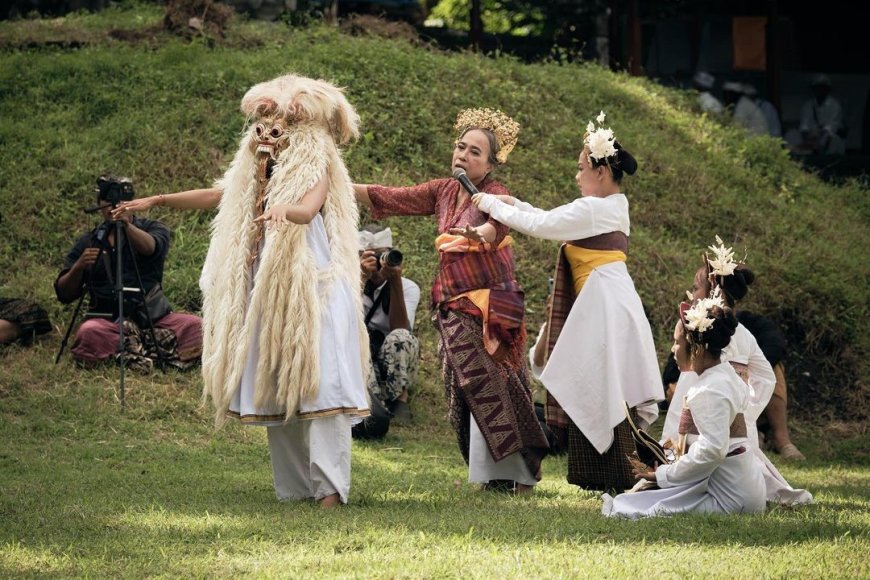
Gambuh Buda Keling Dance (Source: Personal Collection)
In the face of modernization, the Gambuh Buda Keling Dance faces challenges in retaining its relevance and appreciation among the broader community. While there are concerns about younger generations losing interest in traditional arts, cultural preservation efforts through arts education in Bali and support from various cultural organizations help maintain the authenticity and sanctity of this dance.




















